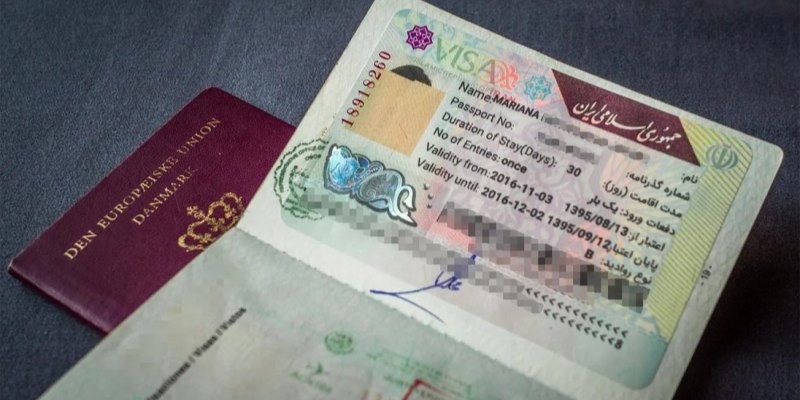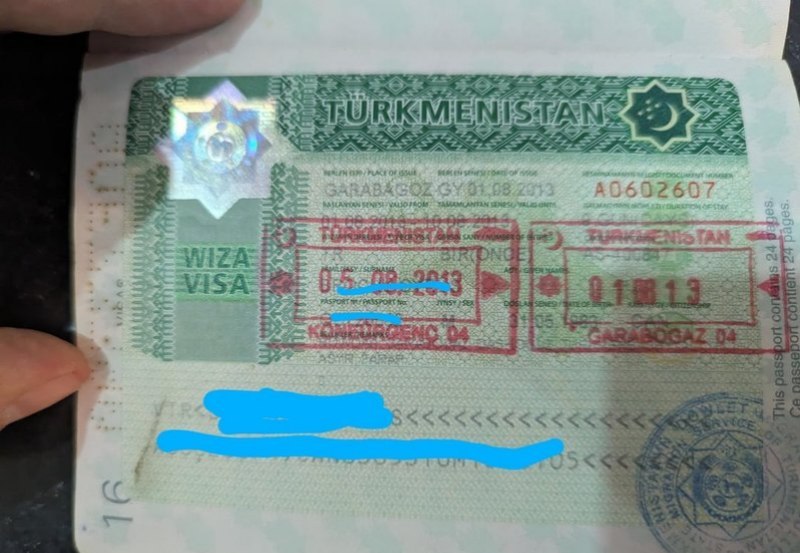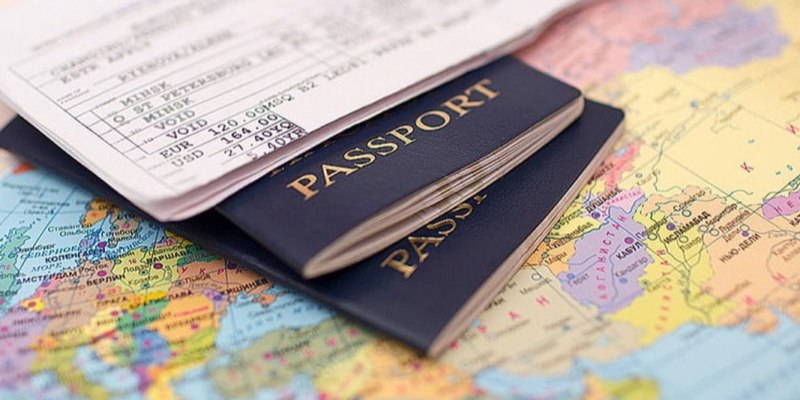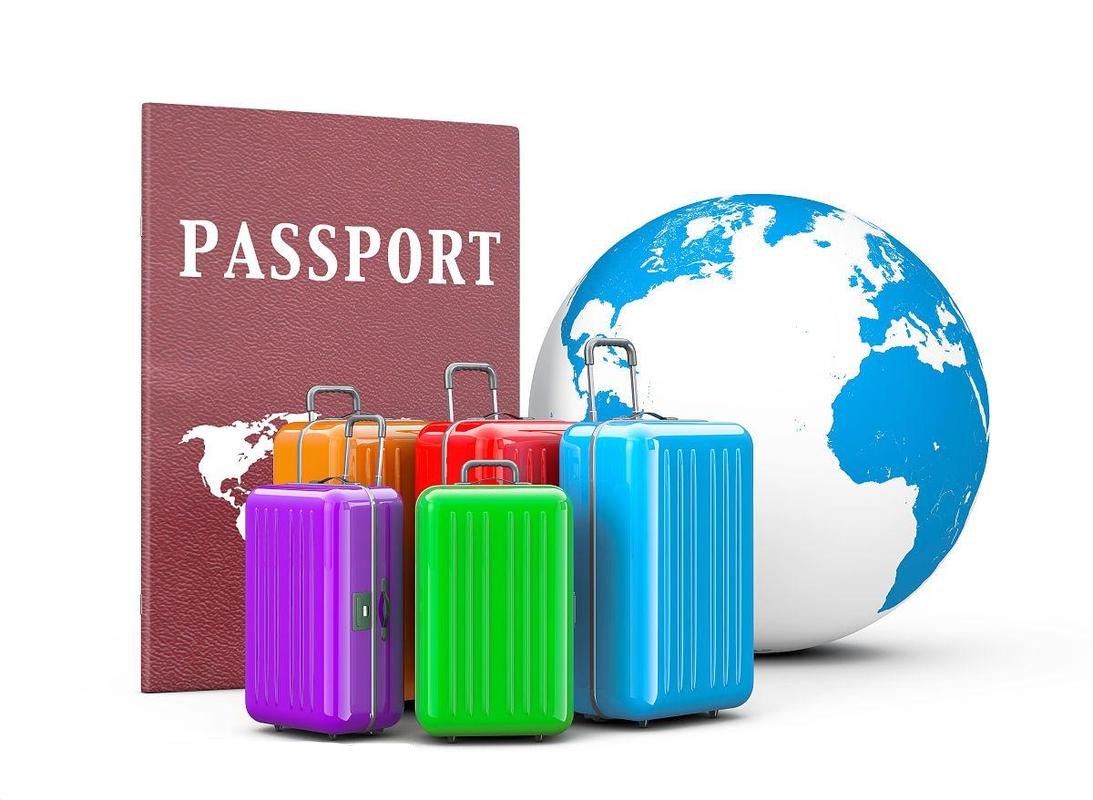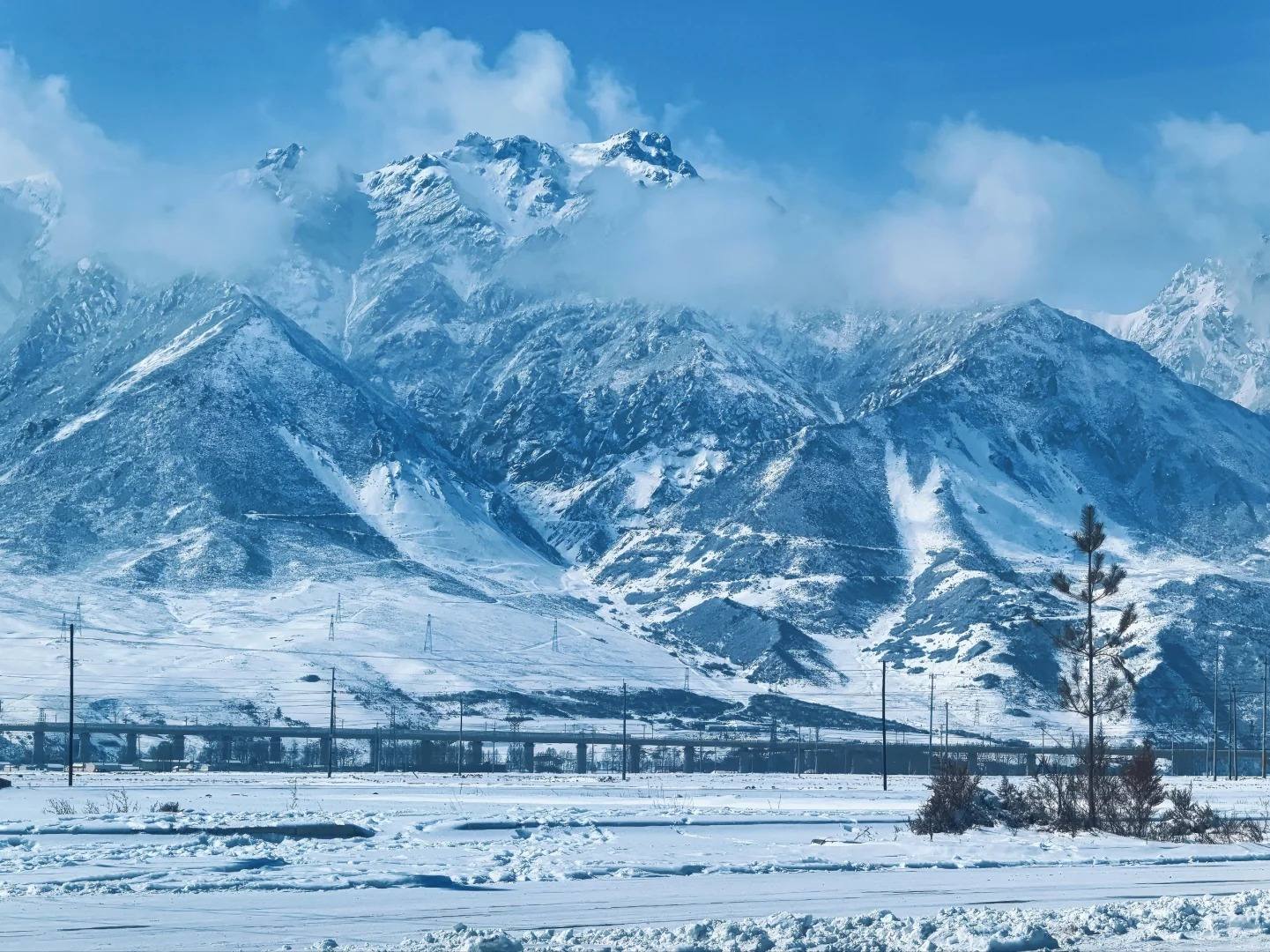Table of Contents
ToggleUnderstanding the Silk Road Region
The Silk Road connects China with Central Asia through ancient trade routes. Today, these paths cross modern countries with different visa rules. If you’re planning to explore this historic trail, you’ll need to navigate visa requirements for China and several Central Asian countries.
The main Silk Road route starts in Xi’an, China, and stretches west through Kazakhstan, Kyrgyzstan, Uzbekistan, Tajikistan, and Turkmenistan. Planning your journey carefully is essential as each country has its own entry requirements.
China Visa Requirements
Most foreigners need a visa to enter China. For tourism purposes, you need an L Visa (Tourist Visa). Here’s what you need to know:
Documents Needed for China Tourist Visa
To apply for a Chinese tourist visa, prepare these documents:
- Valid passport with at least 6 months validity and 2 blank pages
- Completed visa application form
- Recent passport photo with white background
- Proof of travel plans (flight bookings, hotel reservations)
- Proof of your residence (utility bill or driver’s license showing your address)
- For some nationalities, an invitation letter might be required
China Visa Application Process
Follow these steps to apply for your China visa:
- Find the nearest Chinese embassy, consulate, or visa application center in your country
- Complete the application form online and print it
- Gather all required documents
- Submit your application in person or through an authorized agent
- Pay the visa fee (varies by country)
- Wait for processing (usually 4-7 working days)
- Collect your visa
China’s Visa-Free Options
China offers some visa-free options that might apply to you:
- 240-hour (10-day) transit visa exemption for travelers passing through certain Chinese cities
- 30-day visa-free entry for citizens of certain countries (check if yours is included)
- From November 30, 2024, to December 31, 2025, citizens from 38 countries can stay in China for up to 15 days without a visa
Central Asia Visa Requirements
Central Asia includes five countries: Kazakhstan, Kyrgyzstan, Tajikistan, Turkmenistan, and Uzbekistan. Each has different visa policies.
| Country | Visa Requirements | Application Process | Special Notes |
|---|---|---|---|
| Kazakhstan | Visa-free for many countries for up to 30 days | Check if your country qualifies for visa-free entry | E-visa available for non-exempt nationalities |
| Kyrgyzstan | Visa-free for many countries for up to 60 days | Check online for your country’s status | E-visa for nationalities not eligible for visa-free entry |
| Tajikistan | E-visa required for most nationalities | Apply online through official e-visa portal | GBAO permit needed for Pamir Highway |
| Turkmenistan | Tourist visa required for all visitors | Need invitation letter from tour company | One of the hardest visas to get; plan well ahead |
| Uzbekistan | Visa-free for many countries for up to 30 days | E-visa available for non-exempt nationalities | Starting 2025, 30-day visa-free travel with China |
Specific Requirements by Country
Kazakhstan
Many nationalities can enter Kazakhstan without a visa for up to 30 days. This includes citizens of the US, Canada, EU countries, UK, Australia, and many more. If your country is not on the visa-free list, you can apply for an electronic visa.
Kyrgyzstan
Kyrgyzstan offers visa-free entry for citizens of many countries for up to 60 days. For other nationalities, the e-visa system is simple to use. Most Silk Road travelers find Kyrgyzstan one of the easiest Central Asian countries to enter.
Tajikistan
Most tourists need an e-visa for Tajikistan, which you can apply for online. If you plan to travel along the Pamir Highway, you’ll also need a GBAO permit (which you can request when applying for your e-visa).
Turkmenistan
Turkmenistan has the strictest visa policy in Central Asia. All tourists need a visa with a letter of invitation, usually arranged through a tour company. Independent travel is difficult, and you’ll likely need a guide. Apply at least one month before your trip.
Uzbekistan
Uzbekistan has opened up significantly in recent years. Many countries now enjoy visa-free access for up to 30 days. For others, an e-visa system is available. Starting in 2025, there will be a 30-day visa-free travel policy between China and Uzbekistan.
Border Crossing Information
When traveling the Silk Road, you’ll likely cross several borders by land. Here are important things to know about border crossings in the region:
Common Border Crossings
- China-Kyrgyzstan: The Irkeshtam Pass is the main crossing point between China and Kyrgyzstan. The Torugart Pass is another option but has more restrictions.
- Kazakhstan-Kyrgyzstan: Several crossing points exist, with the Bishkek-Almaty route being the most common.
- Uzbekistan-Tajikistan: Multiple crossing points are available, including those near Samarkand.
- Kyrgyzstan-Tajikistan: Several border points exist, but check the current status as some may close temporarily.
- Uzbekistan-Turkmenistan: Main crossings are at Nukus and near Bukhara.
What to Expect at Border Crossings
Border crossings in Central Asia can be unpredictable. Here’s what to expect:
- Long waiting times (sometimes several hours)
- Thorough document checks
- Possible baggage inspection
- Questioning about your travel plans
- Currency declarations may be required
- Limited facilities (toilets, food, water)
Tips for Smooth Border Crossings
- Arrive early in the day when possible
- Keep all documents easily accessible
- Have printed copies of hotel bookings and travel itineraries
- Bring water and snacks
- Remain patient and polite
- Avoid taking photos near border areas (this can be viewed as suspicious)
- Be prepared for unexpected delays
Important Documents and Preparations
Essential Documents for Your Journey
Before setting off on your Silk Road adventure, make sure you have these important documents:
- Passport – Valid for at least 6 months beyond your trip end date with plenty of blank pages
- Visas – For all countries you plan to visit
- Travel Insurance – With coverage for medical emergencies and evacuation
- Printed Itinerary – Including hotel bookings and transportation details
- Invitation Letters – If required for certain countries
- Multiple Passport Photos – For visa applications and unexpected needs
- International Driving Permit – If you plan to drive
- Bank Statements – Some countries may ask for proof of funds
Visa Application Timeline
Planning your visa applications in the right order is crucial for a smooth journey:
- Start planning 3-4 months before your trip
- Research visa requirements for all countries 2-3 months in advance
- Apply for the most complex visas first (Turkmenistan, then China)
- Apply for e-visas (Tajikistan, Uzbekistan if needed) 1 month before travel
- Check visa-free entry requirements for Kazakhstan and Kyrgyzstan
- Allow at least 2 weeks buffer time for unexpected delays
Visual Examples of Visas and Border Stamps
Knowing what to expect in terms of visa formats and border stamps can help you prepare for your journey. Here are some examples from Silk Road countries:

